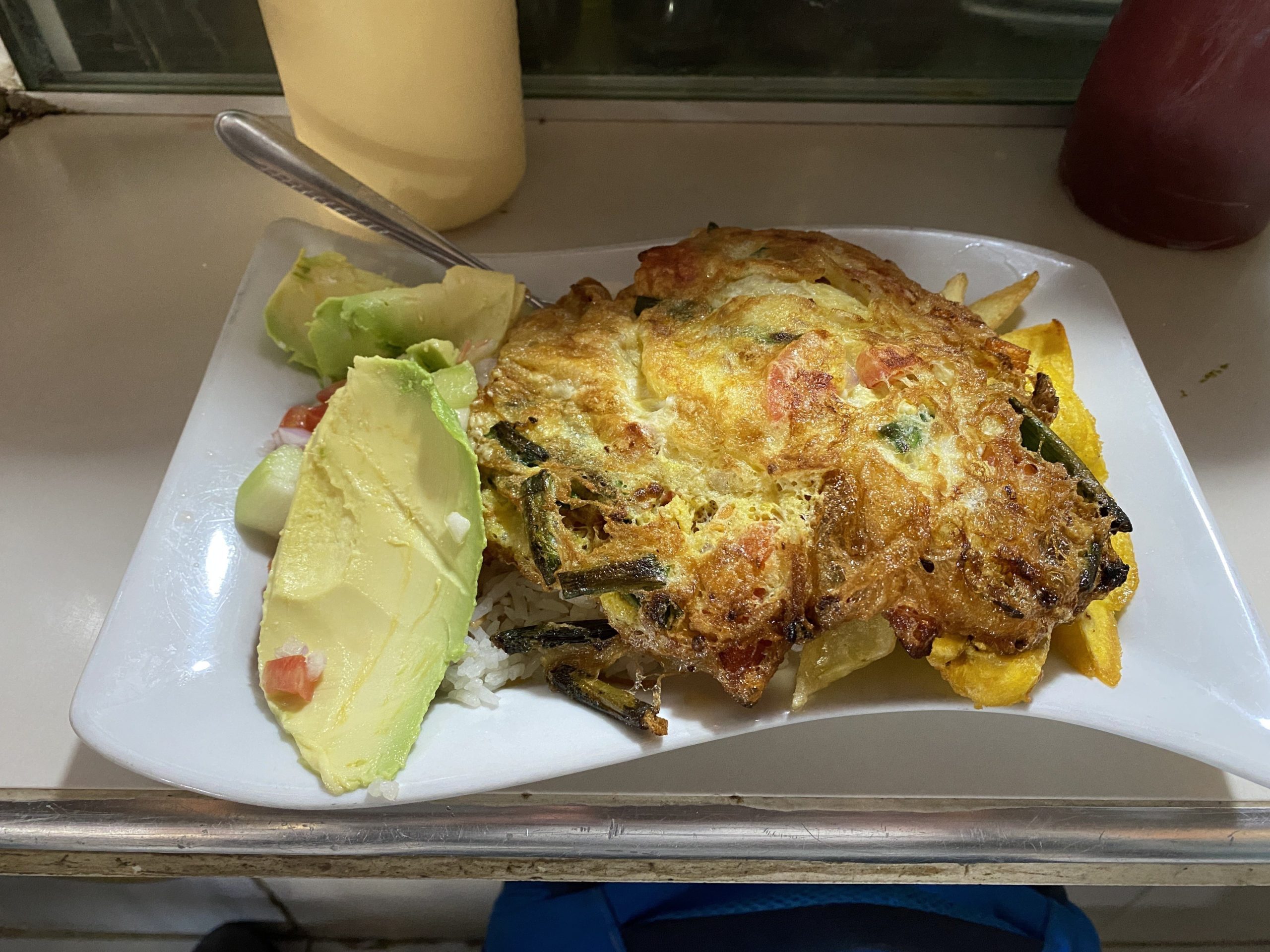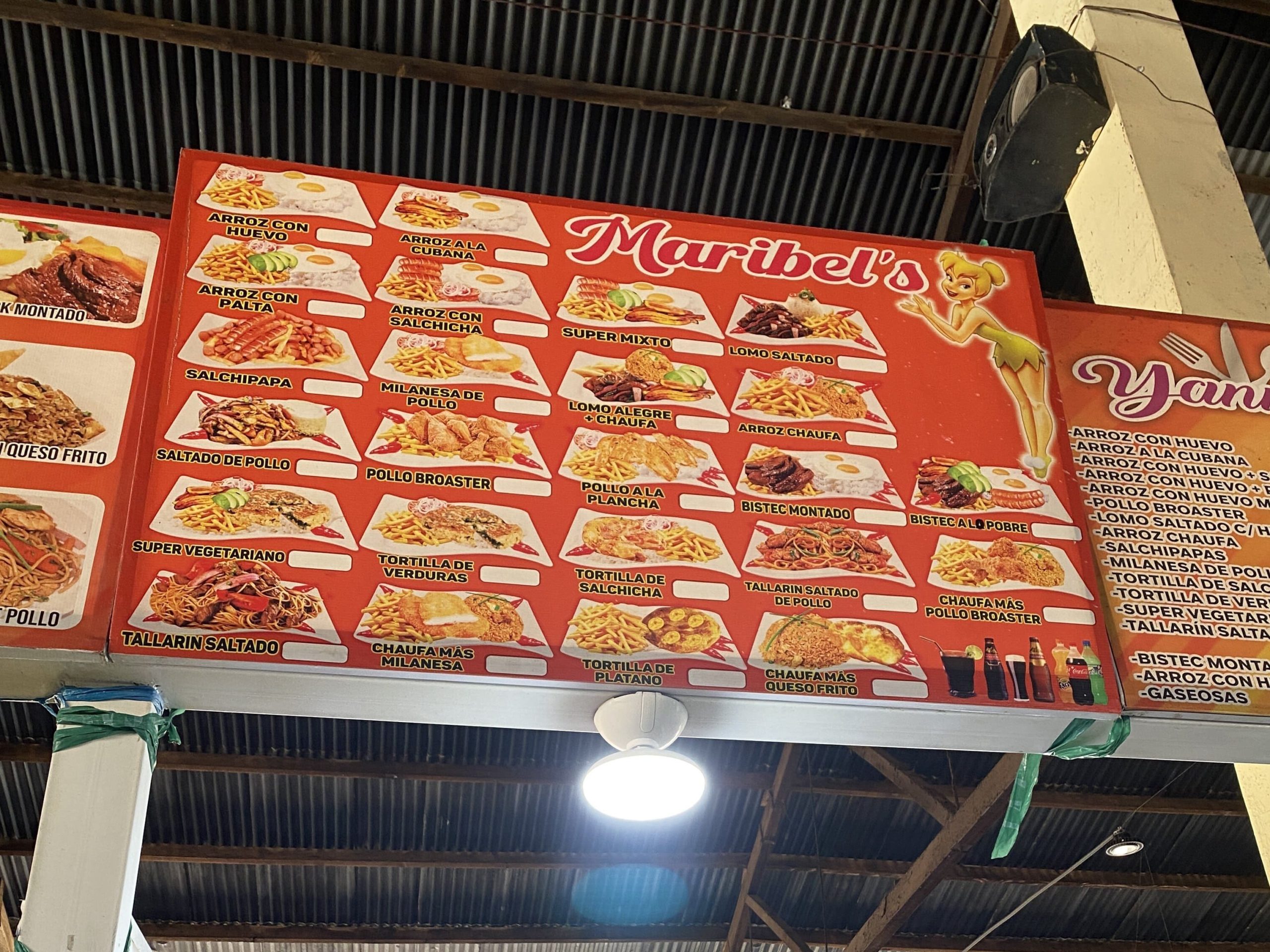Peruvians love food, and they especially love Peruvian food. Many of the conversations I have, be it with my professor, my host mom, other locals, or other international students, revolve around Peru’s unique cuisine. The number of classic Peruvian dishes is remarkable: cuy (guinea pig), lomo saltado (beef, rice, french fries), ceviche (raw fish marinated in citrus juice, most often lemon), arroz con huevo (rice with eggs), ají de gallina (hen with ají sauce), pollo a la brasa (grilled chicken), causa limeña (mixture of potato stuffed with various fillings)—the list goes on. In class each day, my professor asks me what I ate the day before, and she gets excited when I mention that I tried a new Peruvian food for the first time. In short, Peruvians (at least those I have met) are incredible foodies.
Perhaps unsurprisingly, many of Peru’s traditional dishes are centered around different types of meat. This has made it a bit more challenging to immerse myself in the local cuisine being a vegetarian, but one of the plates that I have been able to enjoy is “arroz con huevo” (rice with eggs). This meal is served in a variety of ways, and it does often have some sort of meat, but it is also commonly served vegetarian-style. The base is exactly what it sounds like—white rice with an egg or two (usually fried)—and then there are different extras added depending on what someone wants. In the vegetarian world, common extras include avocado, tomato, mushroom, onion, and, my personal favorite, a fried plantain. It also is usually served with a side of french fries. For those who do eat meat, it’s possible to order almost any kind you can imagine with your arroz con huevo: beef, chicken, sausage, alpaca, you name it.
Arroz con huevo is an incredibly popular lunch dish in Peru, and large sections of the various markets I have visited here in Cusco are devoted to dozens of different stands that all serve the dish. Its popularity is a result of various factors: it’s cheap, easy to make, and versatile, and the portions tend to be fairly large. Speaking with one of the women in the market that served me my arroz con huevo for lunch one day, she said that for her, an important part of determining a good arroz con huevo is the creativity one has in making it. Given that it is such a common dish, for her it was important to find a way to give the plate her own touch (she did this by serving the eggs as an omelet with various vegetables instead of a fried egg).
Peruvians love their food, and it’s not hard to see why. The many delicious dishes they have here make ordering at any restaurant or market an incredibly difficult decision, even for vegetarians. It’s a joy to eat!

